Easy Way to the Top – Accessing Tree Crowns at three eLTER PLUS sites in Scandinavia
Author: Jan Pisek (Tartu Observatory, University of Tartu, Estonia)
eLTER TA sites: Hyytiälä, Värriö, Svartberget
Clumping describes the spatial distribution of foliage elements (leaves or needles) within a vegetation canopy. Clumping information is important for determining the radiation transfer through canopies, photosynthesis, and hydrological processes. I am using blue light 3D photogrammetry scanning as a highly efficient technique for accurate estimation of shoot level clumping, which significantly reduces the labor intensity aspect of the previous approaches. Growth in knowledge about this most elementary yet often overlooked level of foliage clumping in canopies shall improve modelling of coniferous forest 3D radiative transfer.
Here, I was interested in obtaining high resolution 3D representations of shoots for two most common coniferous tree species in Europe – Scots pine (Pinus sylvestris L.) and Norway spruce (Picea abies L. Karst.), present at the eLTER PLUS sites Hyytiälä and Värriö in Finland, and Svartberget in Sweden. Obtaining samples from these sites in summer and winter allows the assessment of possible changes in shoot level clumping with season as well as location.
I needed to collect representative conifer shoot samples directly from the trees, which can be often challenging due to their height. The goal of this blog entry is to illustrate the available infrastructure for this task at each of these sites, which might help other potentially interested researchers, who would also need to get closer within the reach of tree crowns, to plan their possible campaigns under the eLTER PLUS TA-RA scheme - 5th TA-RA funding call shall open on 24th November 2024.
My first stop was Hyytiälä SMEAR II LTER site in southern Finland. This is a top-notch research station, dominated with a 127 m high mast. While the access and collection of samples directly from the main mast is forbidden, there are several scaffolding towers found within the tower’s footprint, that allow easy and safe access to the tree canopy. The scaffolding towers are located in such a way that allows direct sampling of tree crowns of several Scots pine trees. The sampling of nearby Norway spruce trees can be also done from the tower using a telescopic tree pruner. Besides the dominant evergreen conifer tree species, the towers also allow direct access to the branches of Silver birch or trembling aspen.
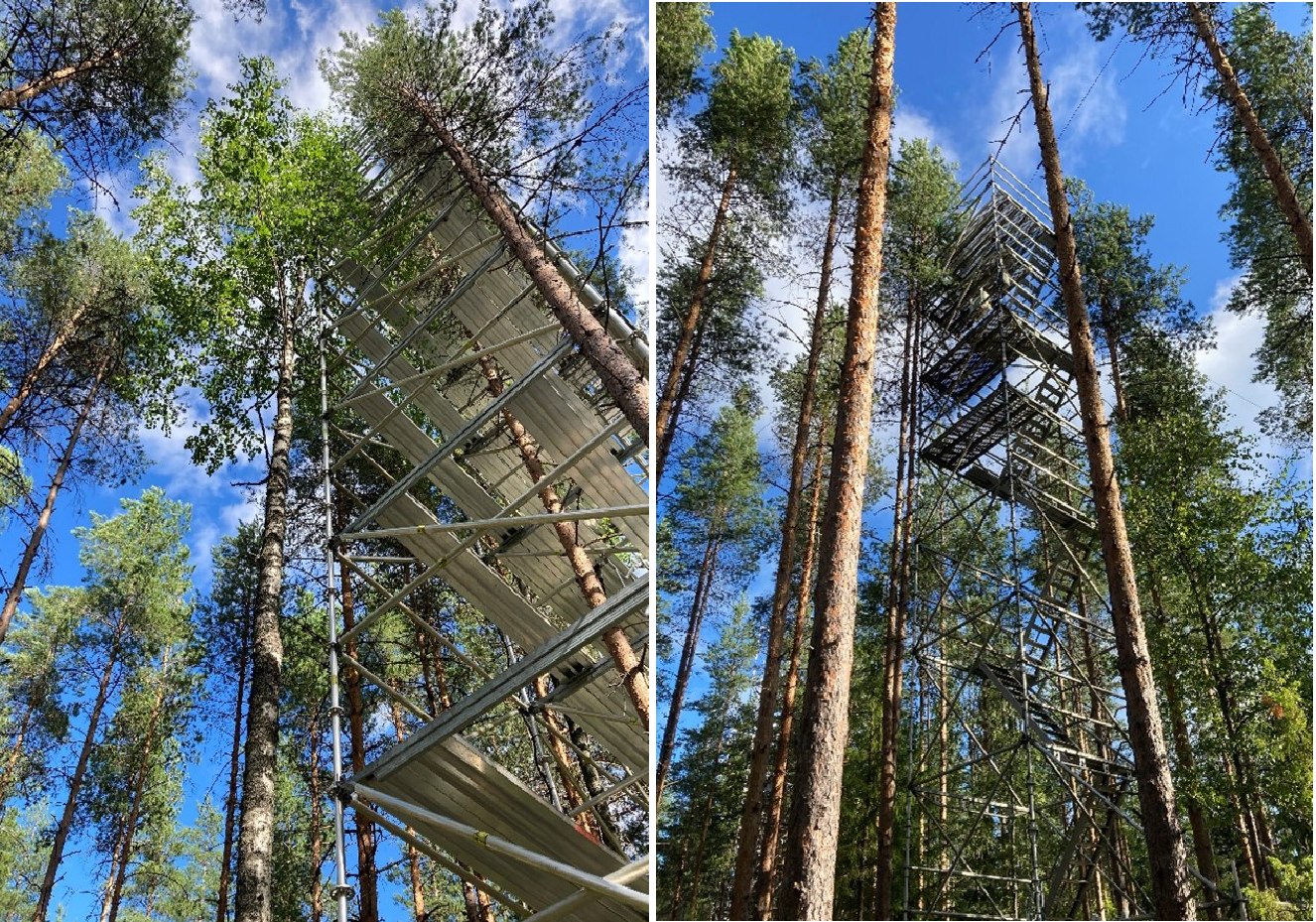
Picture 1. Two of the scaffolding towers at the Hyytiälä eLTER site.
Next stop was another Finnish LTER site – Värriö, which is located behind the Arctic circle. While in Hyytiälä, you can drive up all the way to the research station. The Värriö station is located within a protected area with very restricted access. You have to leave the car behind in a parking lot, and reach the actual station by foot, which might take you around 1 hour of pleasant walk (depending on the weather) uphill through a forest. There is a research station hut at the site with amenities.
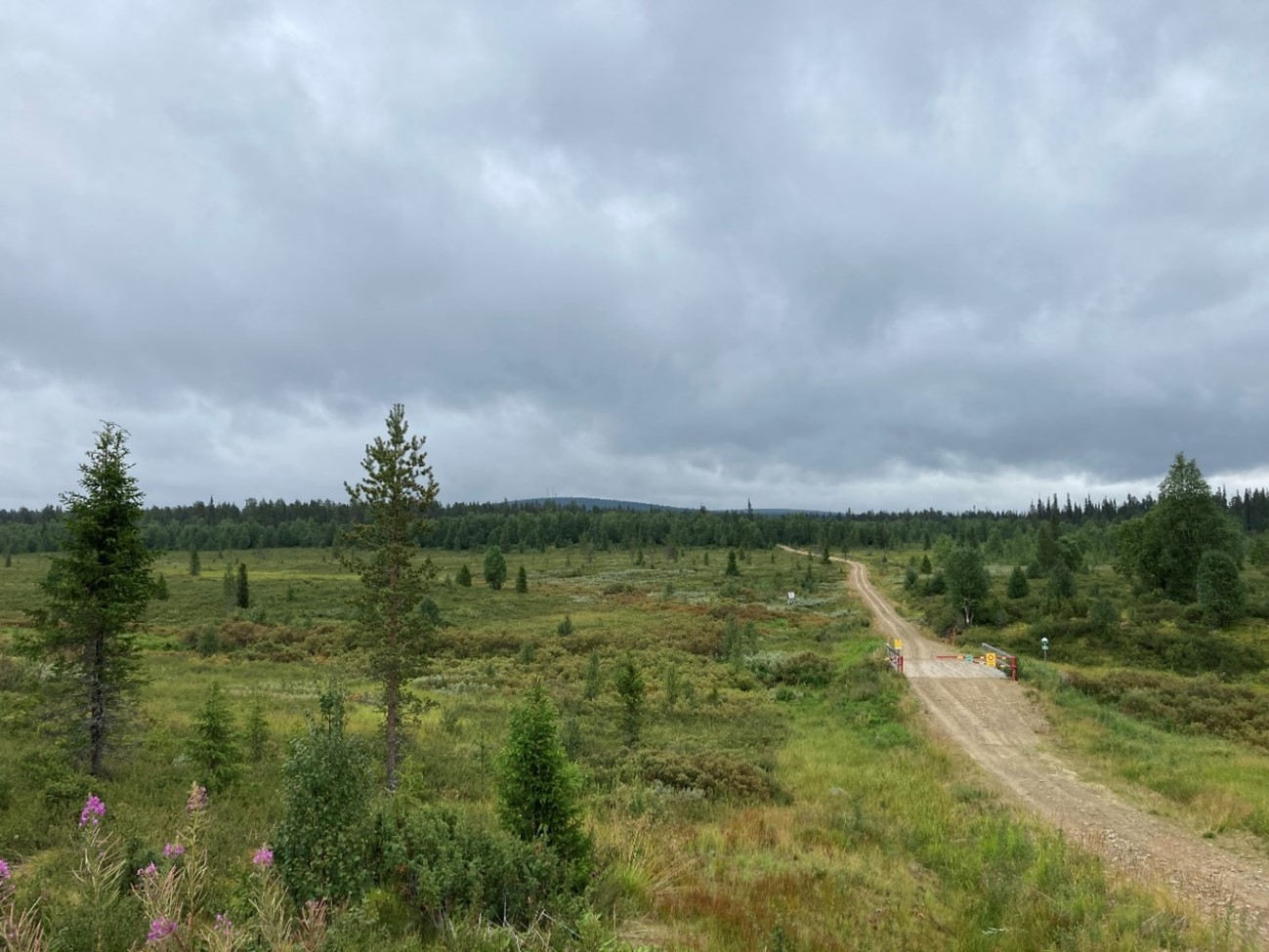
Picture 2. View from the parking lot towards the limited access road leading to the Värriö eLTER site. The site itself is located in the distance, close to the hill in the background.
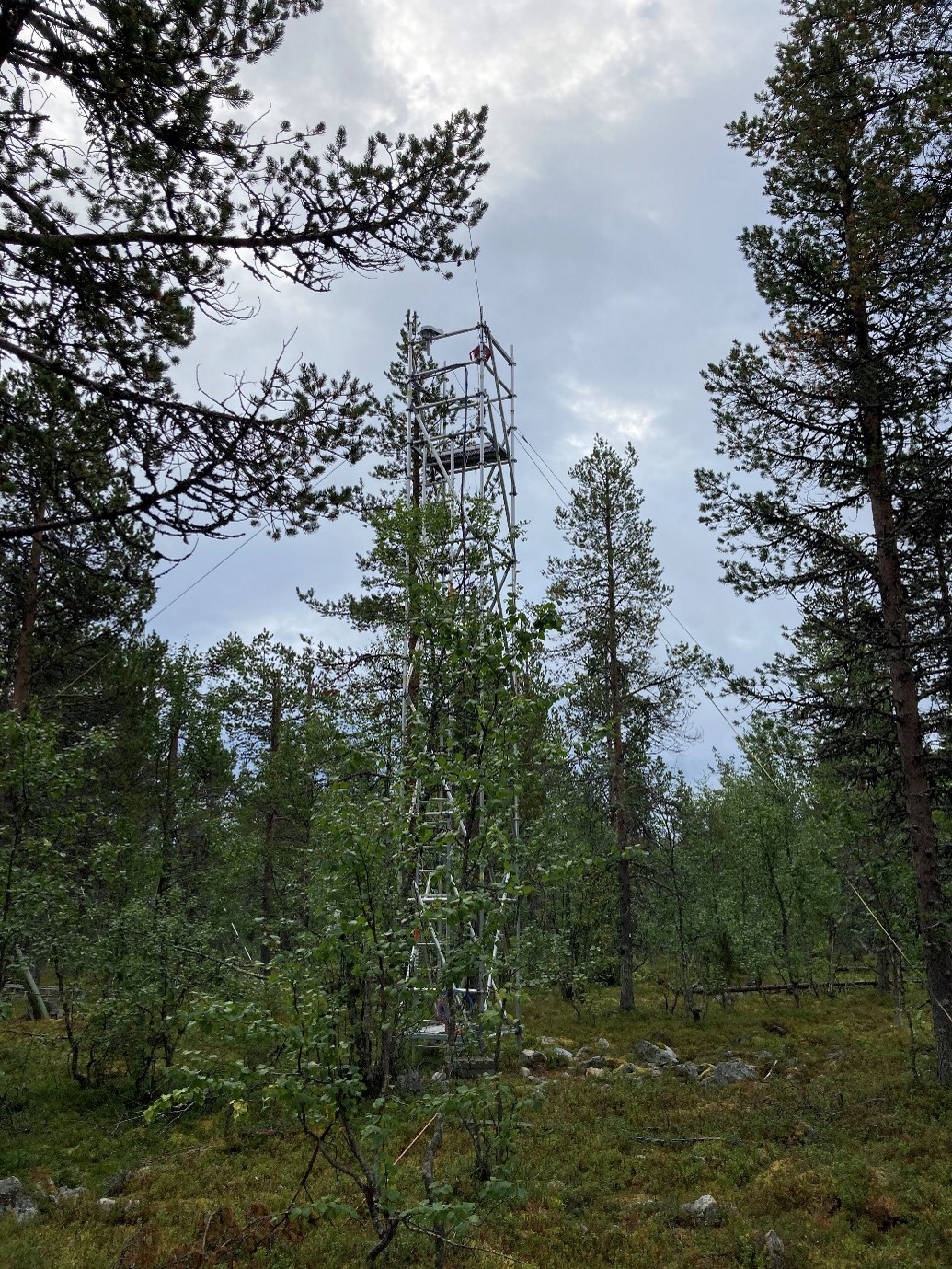
Picture 3. The scaffolding tower at the Värriö eLTER site.
Given the much harsher conditions, the trees are shorter than at Hyytiälä, and crowns of many trees can be fairly comfortably sampled with a telescopic tree pruner directly from the ground. If direct access to the canopy is required, there is again a scaffolding tower with branches of Scots pine and birch trees within reach of the construction.
The third stop during my campaign was Svartberget LTER site in Sweden. Similarly to the Hyytiälä and Värriö, the main 150 m tall mast is off-limits. Fortunately for me, there was a scaffolding tower recently built under the ACTRIS Sweden infrastructure project that was placed right behind the measuring station hut within the tower’s footprint. While the platform does not reach all the way to the top of trees as in Hyytiälä, it allows getting closer to the tree crowns and collecting samples again with the help of an extendable telescopic tree pruner that you may borrow from the forest station in Svartberget. There are both Scots pine and Norway spruce trees within reach of the scaffolding construction.
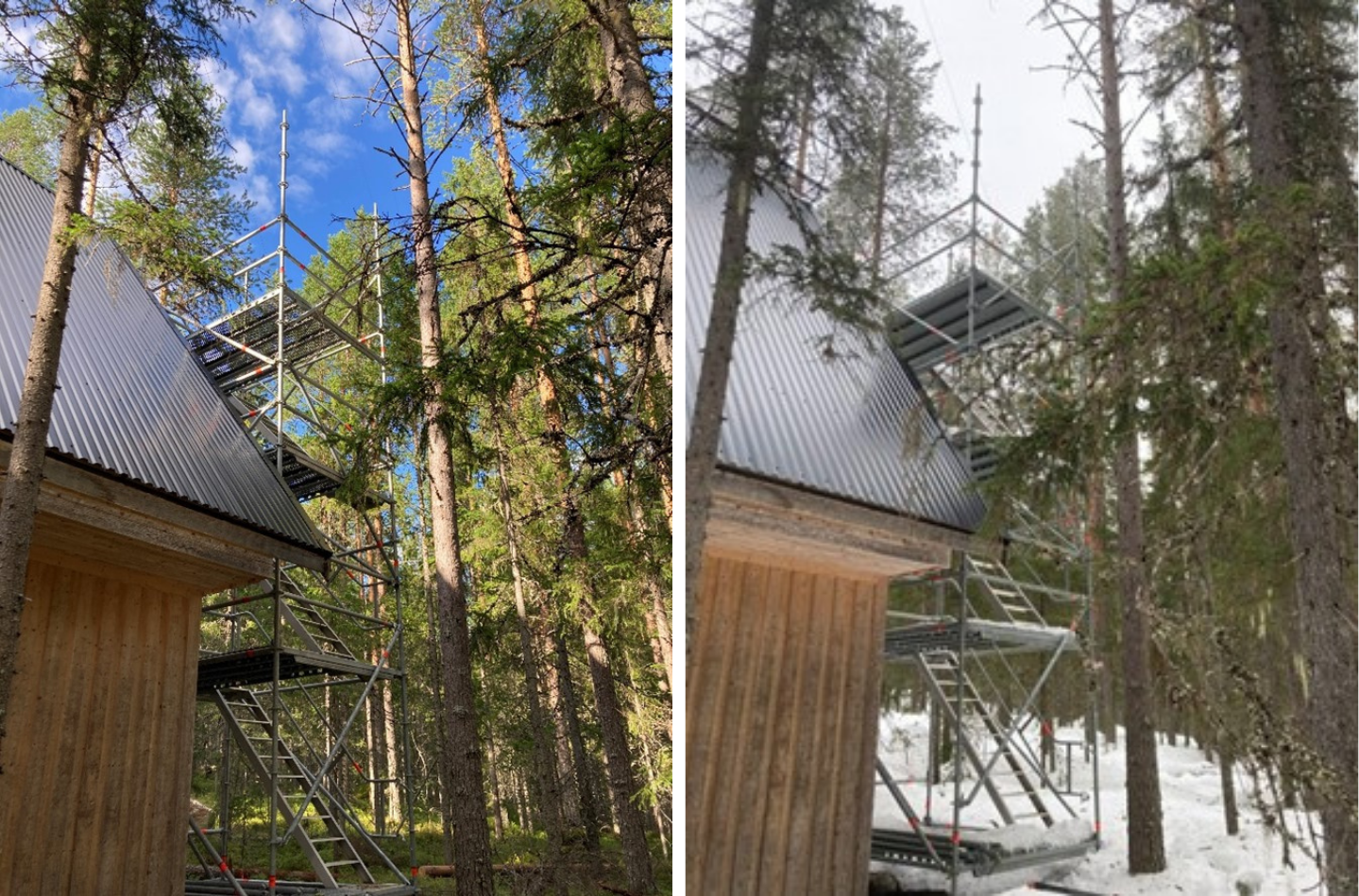
Picture 4. Scaffolding tower at Svartberget eLTER site in summer (left) and winter (right).
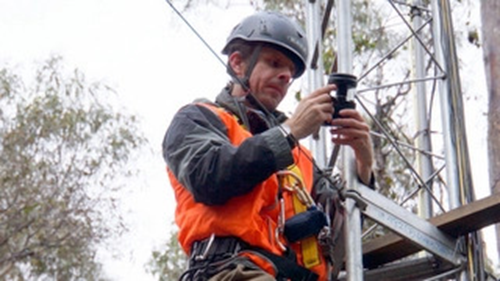
About the author
Jan got his PhD. degree from University of Toronto, Canada. He is currently an associate professor at Tartu Observatory, University of Tartu in Estonia. Jan is primarily interested in field- and space-based multi-spectral and multi-angle optical remote sensing, biophysical parameter and vegetation structure mapping.
Jan would like to thank all his local hosts - Pauliina Schiestl-Aalto at Hyytiälä, Mikko Sipilä, Jukka Karkki at Värriö, and Matthias Peichl, Johan Westin, Jenny Viklund at Svartberget, for excellent coordination and making available research and accommodation facilities at their eLTER sites. His research stay was supported by the eLTER PLUS TA-RA Access Scheme.